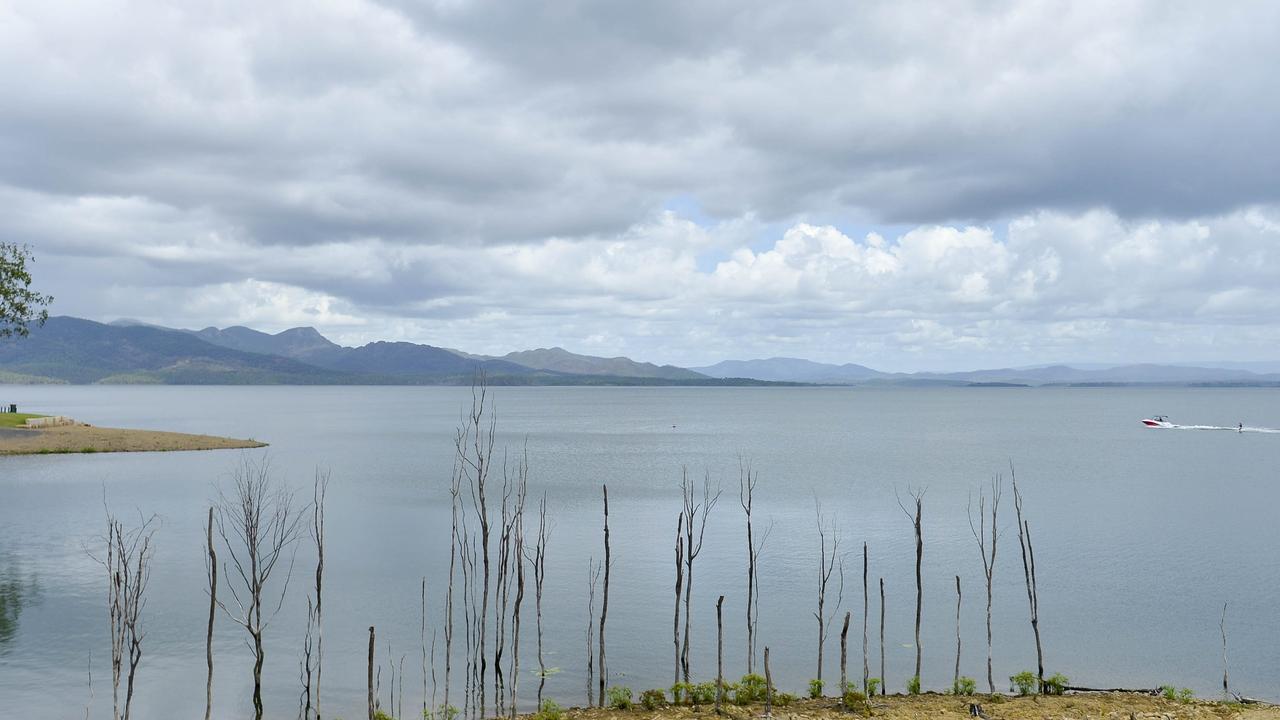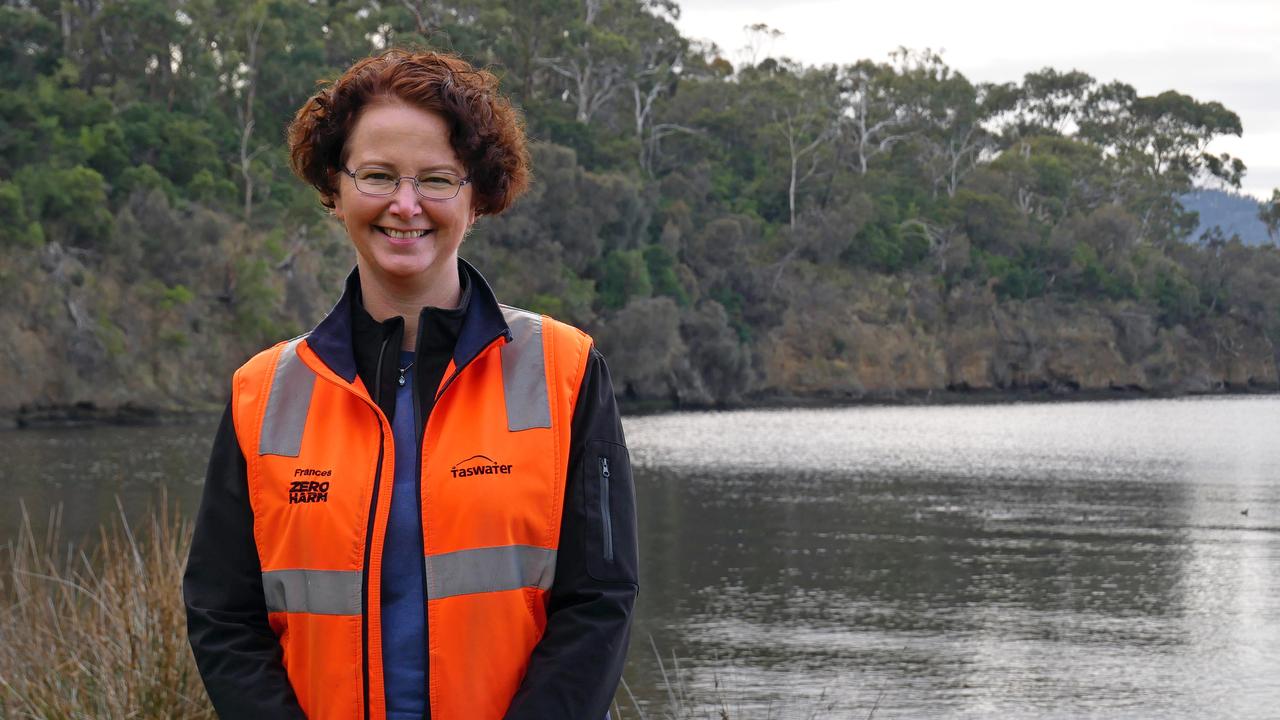TasWater say state’s water is ‘absolutely safe’ to drink, meets Australian requirements
TasWater is confident its testing procedures are solid and that drinking water supplied to Tasmanian homes is “absolutely safe”. Their response.

News
Don't miss out on the headlines from News. Followed categories will be added to My News.
TasWater is confident its testing procedures are solid and that drinking water supplied to Tasmanian homes is “absolutely safe”.
Under current advice outlined in the Australian Drinking Water Guidelines, chemical compound BMAA is not listed as being a water quality hazard to human health and TasWater does not test for it – a situation some scientists say must change.
TasWater head of water and environment services Fran Smith said the agency took the health and welfare of Tasmanians very seriously.
“Tasmanians can trust that their water is absolutely safe to drink and meets Australian Drinking Water Guideline requirements,” Ms Smith said.
“Our highly credentialed water quality team are members of various Australia-wide committees that are at the forefront of water quality science, including monitoring emerging risks and following best practice testing regimes.

“In the event we do detect the presence of algal blooms we monitor for any risks to human health. The occurrence of this is extremely rare.”
Ms Smith said there were no regulatory limits for BMAA in drinking water from the World Health Organisation or Australian Drinking Water Guidelines.
“TasWater is committed to continually improving customer and environmental outcomes and is supportive of a more collaborative and co-ordinated approach to managing the catchment to ensure Tasmanians enjoy our waterways for generations to come,” she said.
The Environment Protection Authority also doesn’t test for BMAA, but regulates industries operating along the River Derwent, in the Derwent Valley, through compliance audits and data monitoring.
“The Derwent Estuary Program supported by its partners including the EPA undertake monthly monitoring for nutrients and other water quality parameters in the River Derwent from New Norfolk to Storm Bay,” an EPA spokesperson said.
“The industries regulated by the EPA who have authorised discharges to water are required to monitor the quantity and quality of effluent discharged and report the data to the EPA.
“The EPA undertakes compliance audits and responds to incidents and complaints.”
More Coverage
Originally published as TasWater say state’s water is ‘absolutely safe’ to drink, meets Australian requirements







